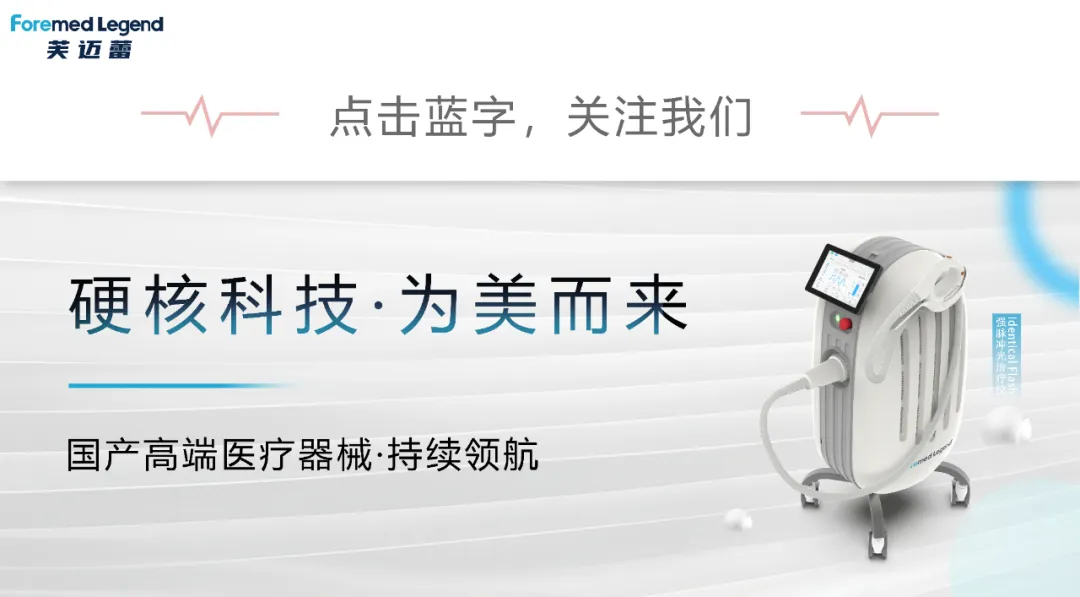
With the rapid development of medical cosmetic technology, Intense Pulsed Light (IPL) treatment has become the first choice for many beauty lovers. This article will analyze the key term of Intense Pulsed Light (IPL): Energy Density in detail, and take you to learn more professional medical cosmetic knowledge.
Energy Density
Energy density is the amount of light energy per unit area, which determines the intensity of treatment. Adjusting the energy density can affect the treatment effect and comfort. High density is usually used for deeper treatment, but it also increases the risk of side effects.

The definition and importance of energy density
Energy density refers to the amount of light energy applied per unit area. In intense pulsed light (IPL) therapy, energy density is one of the key parameters, which directly affects the effectiveness of the treatment and the comfort of the patient. It is usually measured in joules per square centimeter (J/cm²). During IPL treatment, doctors adjust the energy density to achieve effective treatment of different skin problems, such as spots, vascular problems and skin tightening.
Energy density adjustment and treatment effect
In IPL treatment, the choice of energy density is crucial because it determines the depth and intensity of light energy, which affects the effect of treatment and the risk of side effects.
1. Spots and pigmentation
For the treatment of spots and pigmentation, high energy density is usually used to improve the penetration of light, so that it can act more effectively on the melanin particles in the skin. High energy density can better destroy pigments, but it may also increase the risk of thermal damage to the surrounding normal skin. Therefore, doctors need to carefully adjust the energy density to balance the treatment effect and side effects.
2. Vascular problems
When treating vasodilation and red blood streaks, lower energy density is often sufficient to achieve the desired effect. Lower energy density reduces thermal damage to the skin, while also effectively allowing light energy to act on hemoglobin in the blood vessels, causing blood vessels to contract. High energy density may cause skin discomfort or side effects, so the energy density needs to be carefully controlled during treatment.
3. Skin tightening and collagen stimulation
In the treatment of skin tightening and collagen stimulation, moderate energy density helps to transmit light energy deeply and stimulate collagen production in the dermis. Too high energy density may cause unnecessary heat accumulation, causing skin discomfort or side effects. Therefore, in this treatment, doctors need to adjust the energy density according to the specific conditions of the skin to ensure the best balance between effect and safety.
Energy density adjustment and patient comfort
The adjustment of energy density is not only related to the treatment effect, but also directly affects the patient's comfort. Although high energy density can achieve treatment effects faster, it may cause increased discomfort during treatment, such as tingling or burning. Relatively low energy density can reduce patient discomfort, but the treatment effect may be slower. Modern IPL devices are usually equipped with a cooling system to reduce the skin's heat sensation under high energy density and improve overall comfort.
Side effects and risks of energy density
Although the use of high energy density can improve the efficiency of treatment, it may also increase the risk of side effects. For example, too high energy density may cause temporary redness, pigmentation, and even minor burns on the skin. Therefore, during treatment, doctors need to carefully adjust the energy density according to the patient's skin type and treatment area to reduce the risk of side effects.
Energy density adjustment in actual application
In actual application, doctors usually adjust the energy density according to the patient's skin type, treatment goals and individual differences. For different treatment goals, such as pigmentation, vascular problems or skin tightening, doctors will choose the appropriate energy density to achieve the best effect. For example, when treating deep pigmentation, doctors may choose a higher energy density; when treating shallow vascular problems, they will choose a lower energy density.
· Summary ·
Energy density plays a vital role in IPL therapy. It directly affects the depth, intensity and effect of the treatment, and is also closely related to the patient's comfort and risk of side effects. By precisely adjusting the energy density, doctors can optimize the treatment effect and minimize side effects based on specific skin problems and individual needs. This fine adjustment not only improves the effectiveness of IPL treatment, but also enhances the patient's overall experience.
The above is a detailed analysis of the key terms of intense pulsed light (IPL) to help everyone better understand the principles and applications of IPL treatment. It will be continuously updated in the future. If you are interested in these contents, please pay attention to our daily push to obtain more professional medical beauty knowledge.

